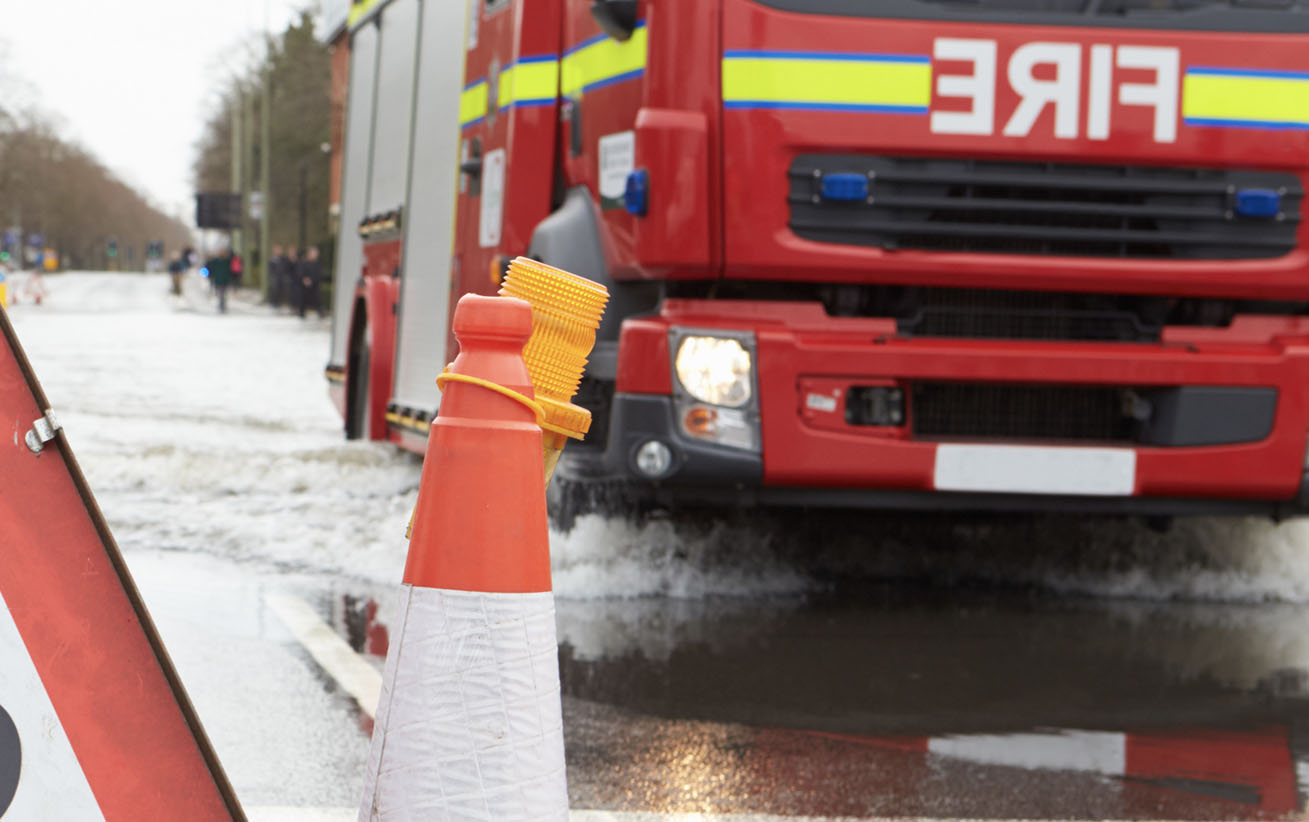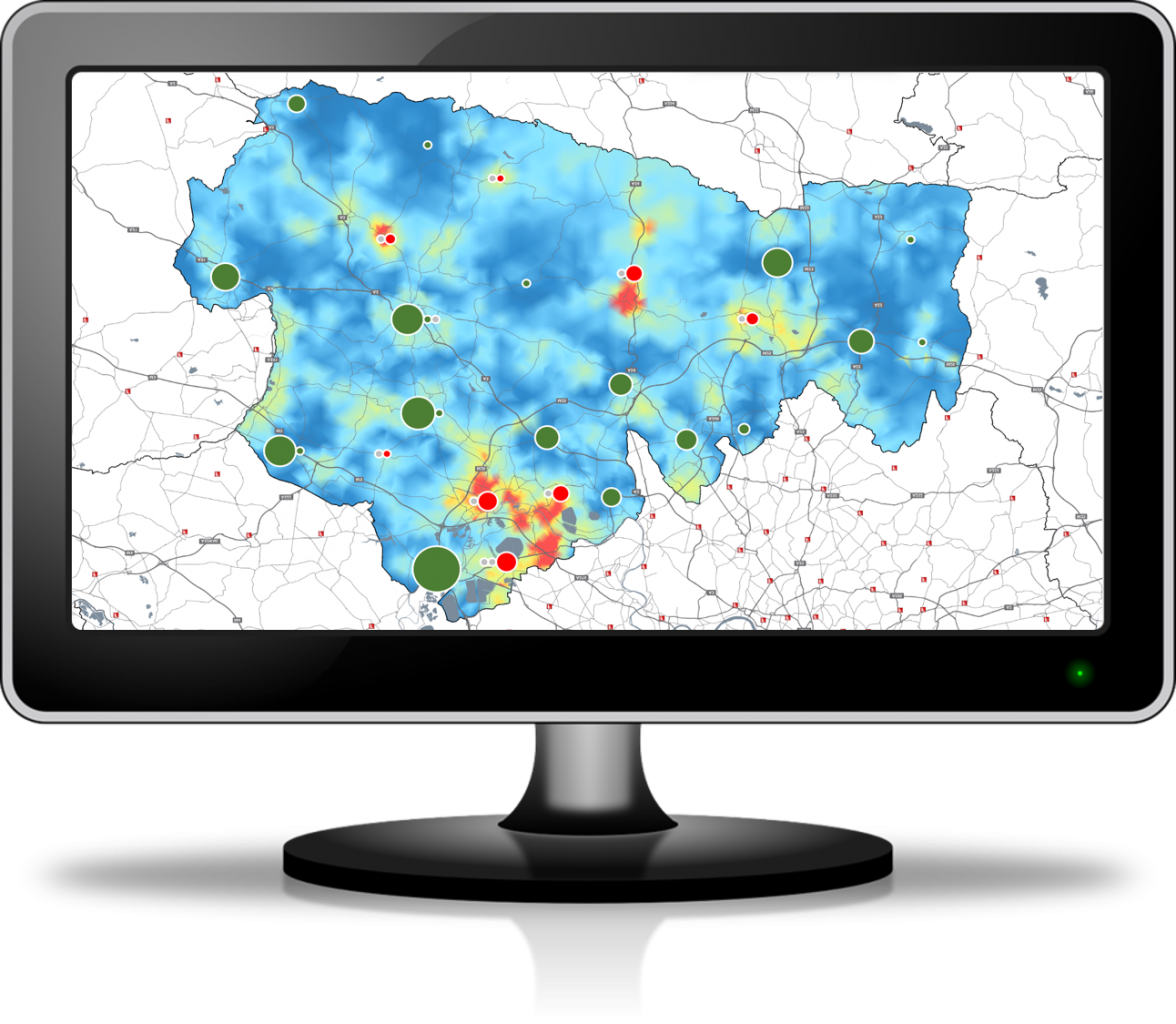
Our work for fire services
We work with services to define and communicate the risks across their area. Once understood, the next challenge is how to match resources to risk in an appropriate manner. Our approach also helps services to use their resources effectively and efficiently on a live basis.
Supporting future planning using simulation
When it comes to future planning, fire services need to consider a wide range of competing demands and options for change.
We have found that fire services can sometimes struggle to define and communicate the risks across their area. Building on this, services also worry that they cannot evidence how they match resources to risk in an appropriate manner. Our work therefore provides vital support to the development of Community Risk Management Plans (CRMPs) in UK FRSs.
ORH supports this planning process by building a simulation model of the service to predict the impacts of potential changes. This enables fire services to ensure that they have the right resources in the right places at the right times to respond effectively and efficiently. Some of the questions we help services to address include:
- Where is the optimal location for a station?
- What is the ideal balance between on-call and wholetime resources?
- How will housing or infrastructure changes affect response?
This video introduces our approach for fire services, taking a data-led methodology to understand the operational complexities. ORH’s experienced consultants ensure that the evidence-based outcomes are easily understood and can support public consultation.

Areas of focus for fire services
Fire services face changing demands and the need for greater resilience and flexibility, often in the context of significant constraints on finance and resources.
The Fire and Rescue National Framework for England sets out the need for fire services to “identify and assess the full range of foreseeable fire and rescue related risks their areas face”. In addition to the “identify and assess” process, fire services should evaluate ways to mitigate these risks through prevention, protection, response and collaboration. ORH aims to support FRSs by producing a technical evidence base to inform decision making.
The introduction of HMICFRS inspections has provided greater focus on the ability of fire services to deliver an efficient and effective service to the people they serve. ORH helps fire services to understand their current risks, how these are likely to change in the future, and the best ways to manage resources that respond to risk.
We have worked with a wide range of clients outside of the UK, including fire services in Australia, Canada, Sweden and the US. While the shape and size may differ, the need to provide a timely and appropriate response is universal. Some of the questions we have addressed include:
- How does increasing demand for emergency medical services affect capacity and response times against national standards?
- Can a growing fire department facilitate patient transport effectively?
- When significant bushfire incidents lead to a depletion of resources, how can a fire service best redeploy different types of vehicles?
Dynamic Cover Tool
In addition to consultancy work, ORH provides its Dynamic Cover Tool (DCT) software to support dynamic decision making and enable effective and efficient resource use.
Fire services use ORH’s DCT to look assess coverage on a live basis, optimise standby moves, review historical data and make informed decisions on resource locations.




